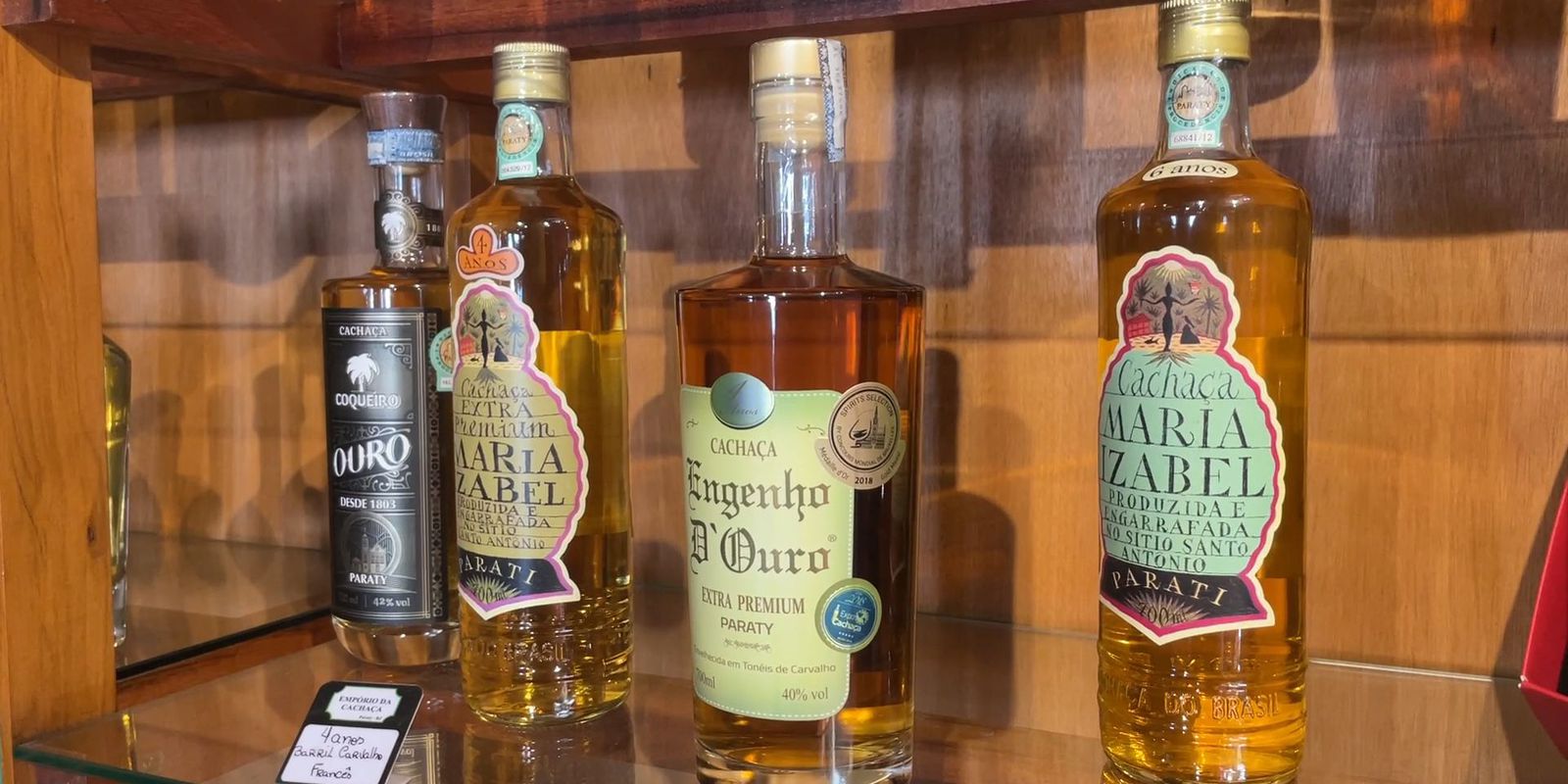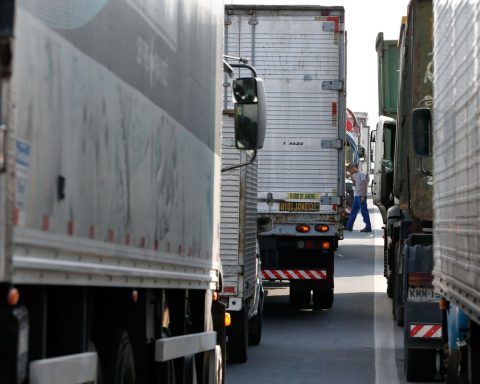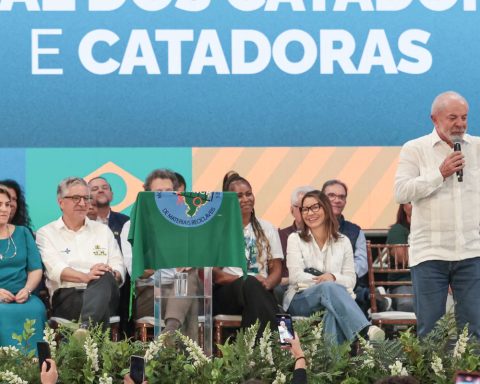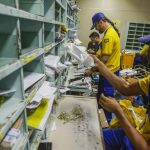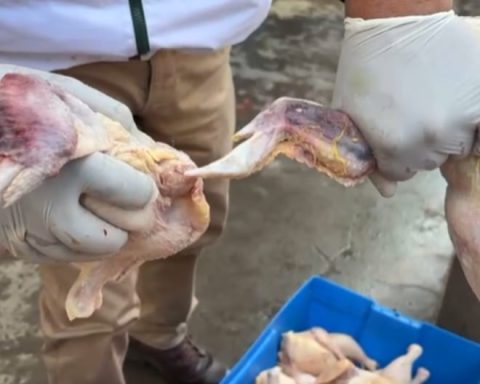The artisanal cachaça of Paraty is experiencing a moment of ascension with trophies in international spirits competitions, experimentation of blends and search for new markets. Recognition of the historic city in the south of Rio de Janeiro as a Geographical Indication (GI) – legal registration granted by the National Institute of Industrial Property (INPI) – was a fundamental step towards valuing the product. 
In partnership with Sebrae, the program Reporting Pathsgives TV Brazilrecorded the series Riches of Our Earth, which will show products from Brazilian Geographical Indications. The first of 12 episodes, A Dose of Paraty, talks about the tradition of cachaça production in the region. The program will air this Sunday (9), at 10 pm, and will be available on the internet.
Stamp
Today, six family businesses produce 350,000 to 400,000 liters of cachaça per year and use the IG seal. Most of the production is sold to tourists passing through the city.
Until three decades ago, cachaçarias were in decline in the city, when a group of producers decided to invest in the renovation of the facilities and rescue the tradition. The quality and way of making the drink, passed down from generation to generation, since the colonial period, made Paraty the first city in the country to to have the registration of GI for the production of cachaça, in 2007, by the National Institute of Industrial Property (INPI).
The brothers Paulo and Carlos José Miranda (Casé), partners at Paratiana, relate the conquest of IG to the increase in tasting tourism in stills and the opening of markets. They export part of the production to the United States and Germany. They have already won awards in these countries and in others, such as Brussels and China. Casé says that the company has had good results with aging in barrels made of Brazilian wood, “which makes perfect sense, since cachaça is an exclusively Brazilian drink”, he says.
Currently, Brazil produces 800,000 liters of the drink and has the capacity to produce 1.2 million liters per year, according to the Brazilian Cachaça Institute, IBRAC. Paulo Miranda points out that throughout the country there is an improvement in the production of cachaça. “I am very proud to produce this distillate that is ours, from Paraty, Brazilian and that, in fact, has been influenced to improve more and more. We don’t just produce cachaça here in Paraty, we produce our tradition”, he concludes.
co-author of the book Mucungo: the History of Cachaça in Paraty, launched in 2021, Flávio Leão says that it is not possible to know the exact date when sugarcane distillate was produced, “but certainly before the year 1600 there were stills in the city”. The abundance of rivers in the region favored the installation of water wheels, essential for the milling of sugarcane on a large scale and for the installation of mills.
Eduardo Mello, from the Coqueiro cachaçaria, has been the producer for the longest time and preserves the recipe of his ancestors, who began producing cachaça in 1803. His sons Ângelo and Eduardo share the work in the cachaçaria with their father. “Seeing the love that my father had for the product, for the way it was made, for the quality, is what ended up enchanting us”, says Ângelo.
Record
In addition to proving the tradition of the activity, the registration of the Geographical Indication defines technical and quality standards for the product. To use the IG seal, interested producers need to submit the drink to the Association of Producers and Friends of Cachaça de Paraty (Apacap), which assesses whether the rules are being met. “The interesting thing about the Geographical Indication is that it is granted to an association or entity linked to producers in that region, so management has to be collective. This forces the producer to be organized”, explains Celso Merola, head of the Rural Development division of the Ministry of Agriculture in Rio de Janeiro. of January.
In artisanal production, dedication has to be constant, explains the president of Apacap and owner of the Pedra Branca cachaçaria, Lúcio Gama Freire. The so-called cachaça cutting is done manually. This means that after the drink is distilled, it is necessary to remove the parts with the highest alcohol content (head) and lowest (tail) to select the heart of the cachaça, which is sent for maturation, storage and aging before commercialization. The alcohol content of cachaça can vary from 38° to 48° according to Brazilian legislation.
From planting to bottling, producer Maria Izabel closely monitors all stages. The yeast is made on the wood stove at the house where he lives, in Sítio Santo Antônio, on the shore of the Bay of Paraty. When she decided to assemble the still, in the 1990s, there was no electricity on the property and she took advantage of the slope of the land, making gravity act in the process, eliminating the need for pumps. Today, the cachaça it produces is certified organic. “It’s not just because it has a certificate, it’s organic because we work as an organism. Everything here is interconnected. Sugarcane comes from the land, so we take care of the land and the land takes care of us. It creates the balance, that harmony,” she explains.
The search for the famous brandy drives tourism and commerce in the historic center. Chef Ana Bueno, from the Banana da Terra restaurant, explains that cachaça is increasingly present on restaurant menus and is a versatile ingredient in the preparation of dishes.
Created in Quilombo do Campinho, the drink Atlantic Forest was awarded in one of the last editions of the Festival of Cachaça, Culture and Flavors of Paraty. The drink is prepared with cachaça and juçara, a palm tree whose fruits are very present in the food and economy of the traditional peoples of the region. Daniele Elias Santos, vice president of the residents’ association, says that the community was formed by three women who came from Africa as slaves to work on the sugar cane plantations. “Today are other times. We have our projects, we work with community-based tourism and receive groups from Brazil and the world.”
